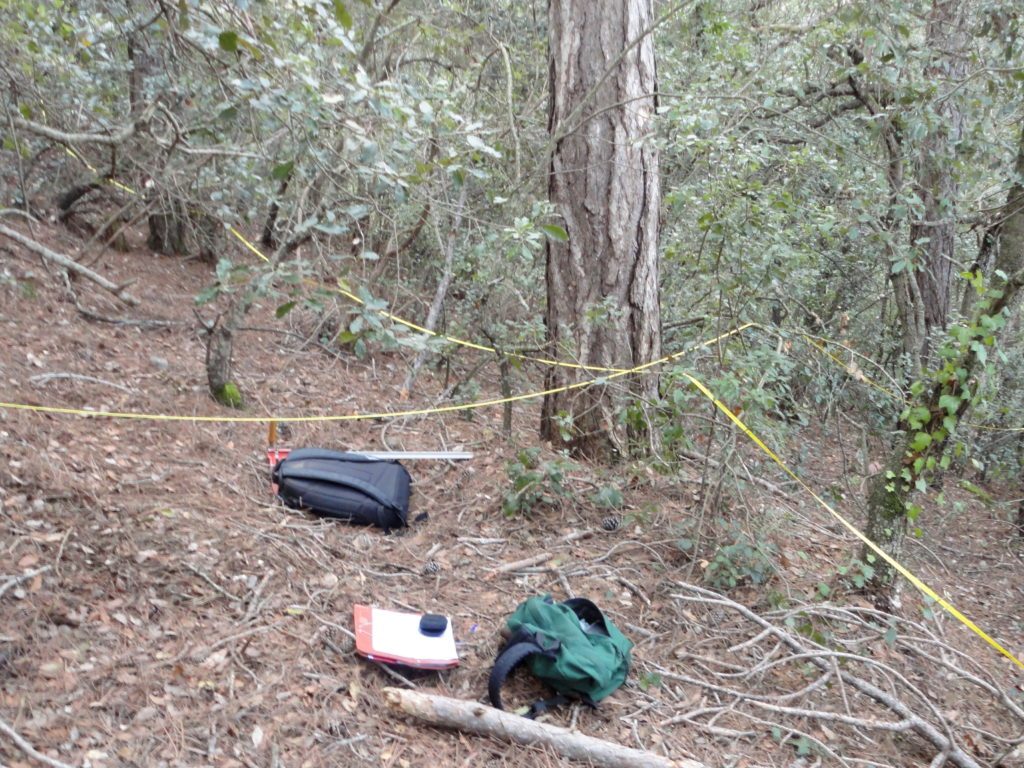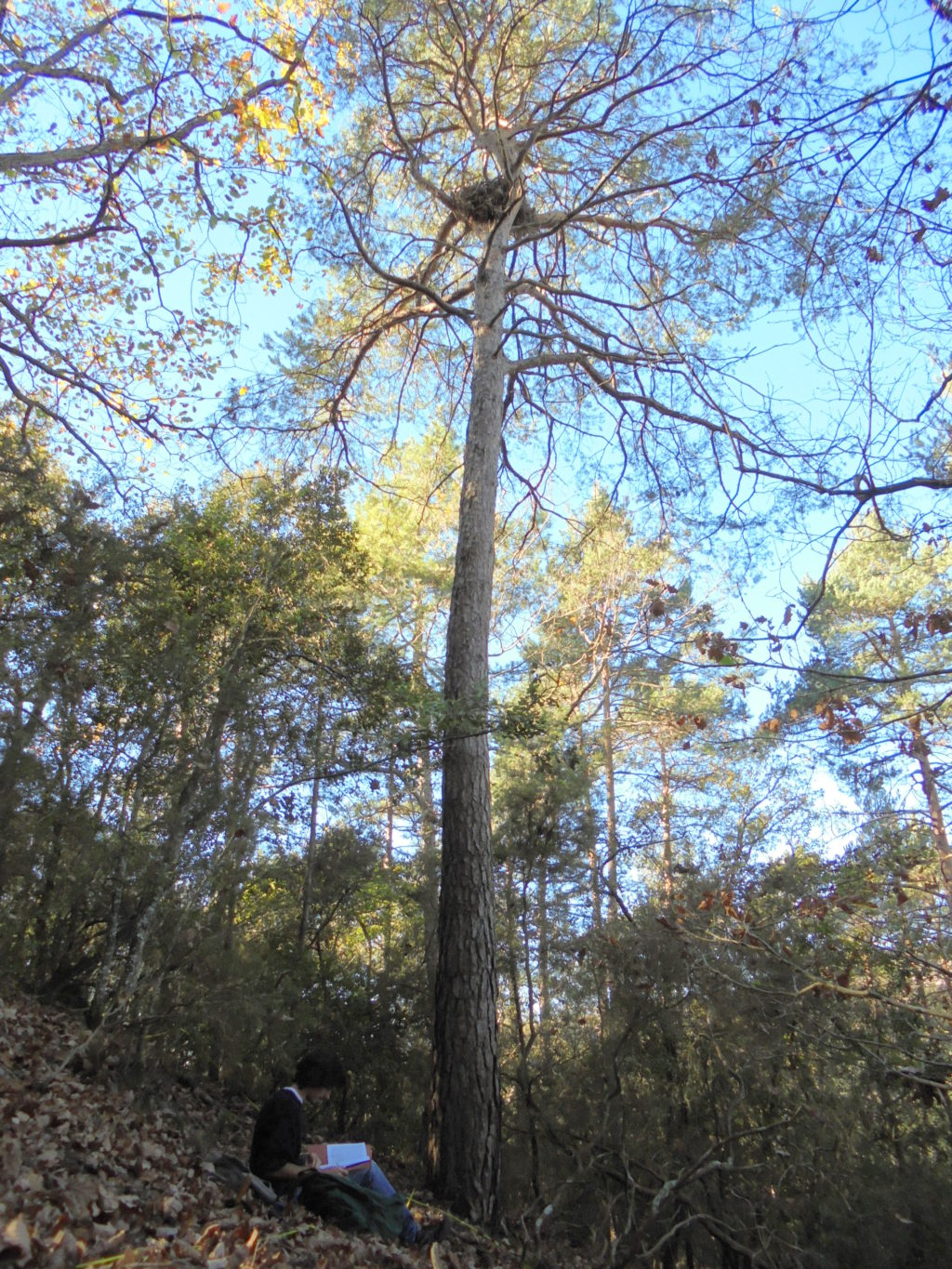Goshawk as an indicator of forest quality
During the XX century, the Mediterranean forests have suffered an increase in their area and density due to rural abandonment, the disappearance of traditional activities and the reduction of forest exploitation. Recently, the use of forest biomass for energy use has led to a re-valuation of this resource. This fact, together with some fire prevention policies, has led to an increase in forestry activities without having carefully studied their effects on biodiversity. The Goshawk (Accipiter gentilis), is a species commonly used as a bioindicator of mature forests with a high density. However, although its use as a bioindicator species is common in boreal and temperate forests, it is not so in Mediterranean forests.
For this reason, we carried out a study in the mountain range of Sant Llorenç del Munt i l’Obac on the use of the Goshawk as a bioindicator of forest quality in Mediterranean forests and, thus, to be able to develop management recommendations and sustainable forest practices. To do so, we studied the factors that might affect the selection of the breeding habitat of 13 goshawk territories in three spatial scales, nest tree, breeding area and territory, through fieldwork and the use of geographic information systems. The variables obtained in the territories occupied by the goshawk were compared with those obtained in 30 locations established at random within the study area.
Results showed that the Goshawk selects the most mature forests, less altered by anthropic action and far away from infrastructures. These have higher density of mature pine and less of young pine, higher density of young broad-leaved trees and greater arboreal and shrub cover; in addition, they are further away from roads and urbanizations than forests where Goshawks are not present. Some of the management recommendations that can be drawn from these findings are the need to maintain not only the largest trees, but also large stands where Goshawks can make the nest and a well-developed understory that probably also acts as a protection from human disturbances.
This study, carried out with the support and collaboration from the Natural Park of Sant Llorenç del Munt i l’Obac, managed by the Diputació de Barcelona, shows that the Goshawk is a good tool to detect the most mature forests with the highest biodiversity, as well as to carry out forest exploitations more respectful with biodiversity.
Related publications
A54.- ROSICH, J., PERIS, A., MAMPEL, T., HERNÁNDEZ-MATÍAS, A., MIÑO, A., REAL, J. 2021. Northern Goshawk breeding sites indicate the presence of mature forest in Mediterranean pinewoods. Forest Ecology and Management, 479. https://doi.org/10.1016/j.foreco.2020.118602


